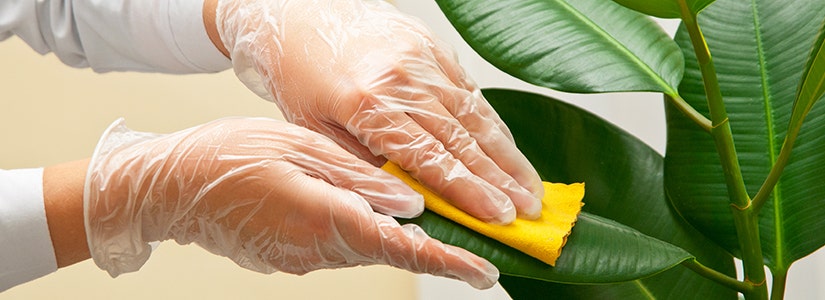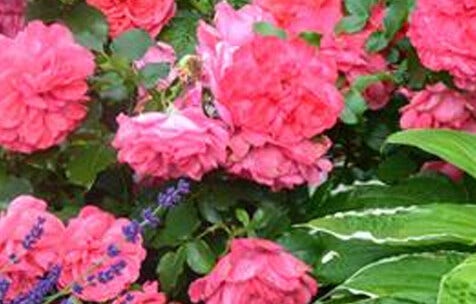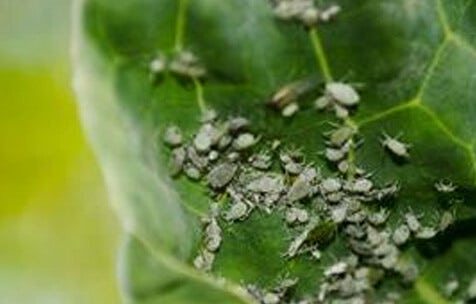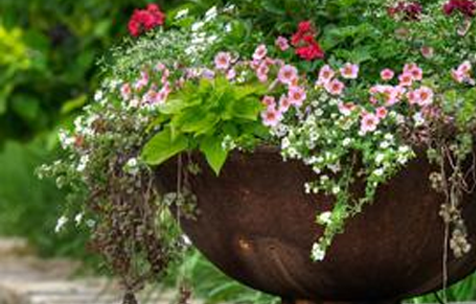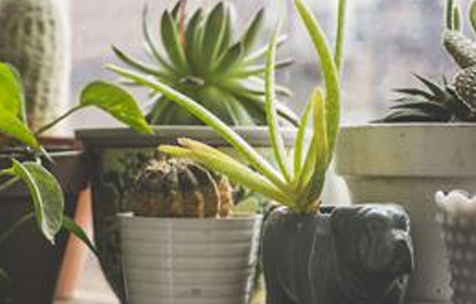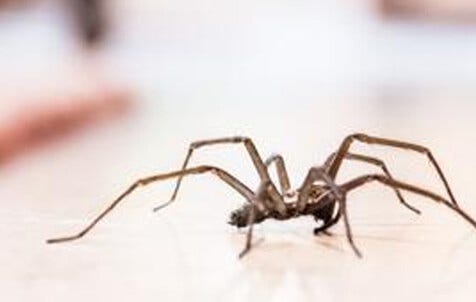

- Home
- Solution Center
- Learn
- Learn House Plants
- Choosing the Right Pot for Plants
Choosing the Right Pot for Plants
Houseplants are a living accessory for interior spaces, introducing texture and color. Your houseplants can infuse your home with warmth, soften transitions between spaces, and serve as the focal point of a room. Pairing pots, plants and the right decor enhances health and make plants a hardworking accent to your home.
Large Potted Plants vs Small Potted Plants
In a too-large pot, soil dries slowly, making your plant more susceptible to root rot. When a plant is too large for its pot, it also has a tendency to tip over. In a too-small pot, soil dries so quickly that you will be challenged to water frequently enough. Your plant could become root-bound and exhibit stunted growth.
Ideally, for a large plant, pots that are the same size it is growing in is preferable. When transplanting because a plant has outgrown its current pot, shift to a pot 2-4 inches larger in diameter. Select the larger size pots for indoor plants that grow quickly. For slow growers, a pot that is 1-2 inches larger works well.
Decide on a material
The most common pot materials are plastic and terra cotta, or clay. Plastic pots are colorful, lightweight and low cost. They tend to retain moisture, so you will water less frequently. Choose plastic when weight counts, such as with hanging baskets or plants on a wall shelf. Terra cotta pots are heavier, offer beautiful patterns and typically cost more. These pots are porous, so plants need water more frequently. Terra-cotta is the perfect choice for plants that like dry or well-aerated soil, including cacti, succulents, orchids and bromeliads.
Consider drainage before décor
Most houseplants do not thrive in standing water, so your pot needs a drainage hole at the bottom that allows water out and air in.
If you want to use a pot without drainage holes for decorative purposes, use it as a cachepot, which holds the pot the plant is growing in. Slip a practical plastic or terra cotta pot into a pretty container. This technique is also referred to as double potting. A cachepot does not need drainage holes, although it should be large enough to accommodate a saucer that fits the growing pot.
Choose any material or container you like, including wicker baskets, eye-catching glass bowls or metal boxes. Consider other unique items like hatboxes, serving bowls, cookie jars or vintage enamelware pieces.
You can even express your signature style by creating your own cachepot. Start with a basic terra-cotta pot and a few acrylic paints. Or grab a plain plastic pot, adhesive and something to cover it – buttons, pebbles, glass tiles, shells and sticks are great options. Your local craft and hardware stores are full of interesting items you can use to make your pots truly shine.




